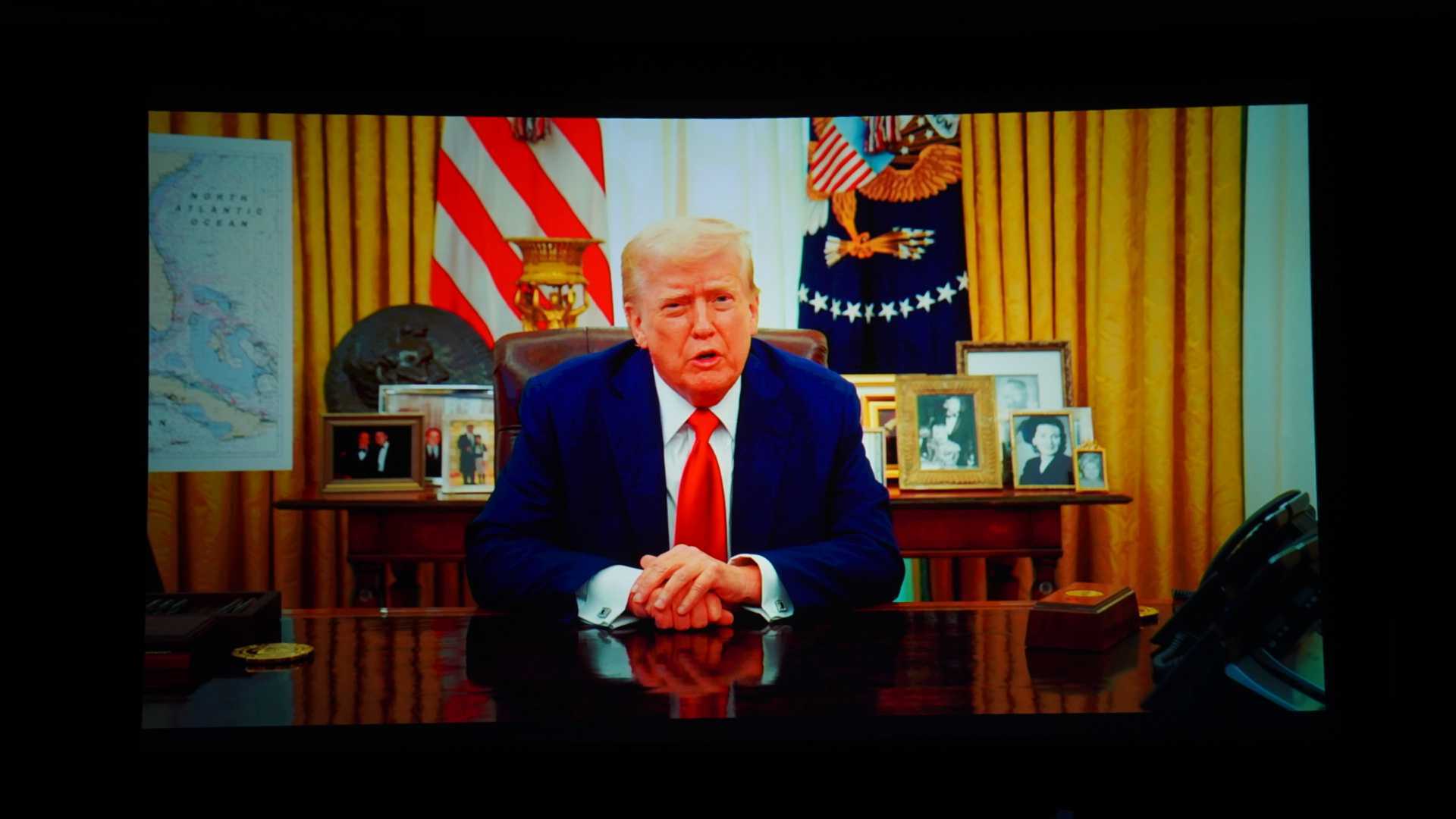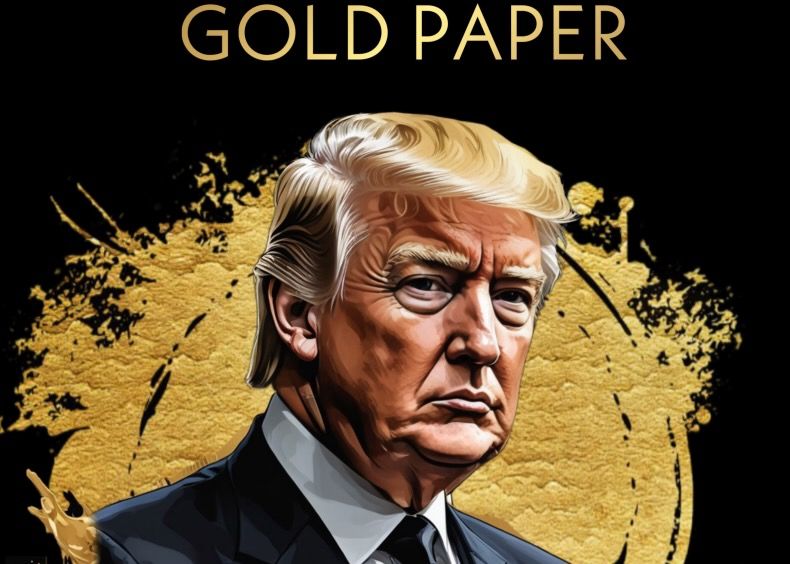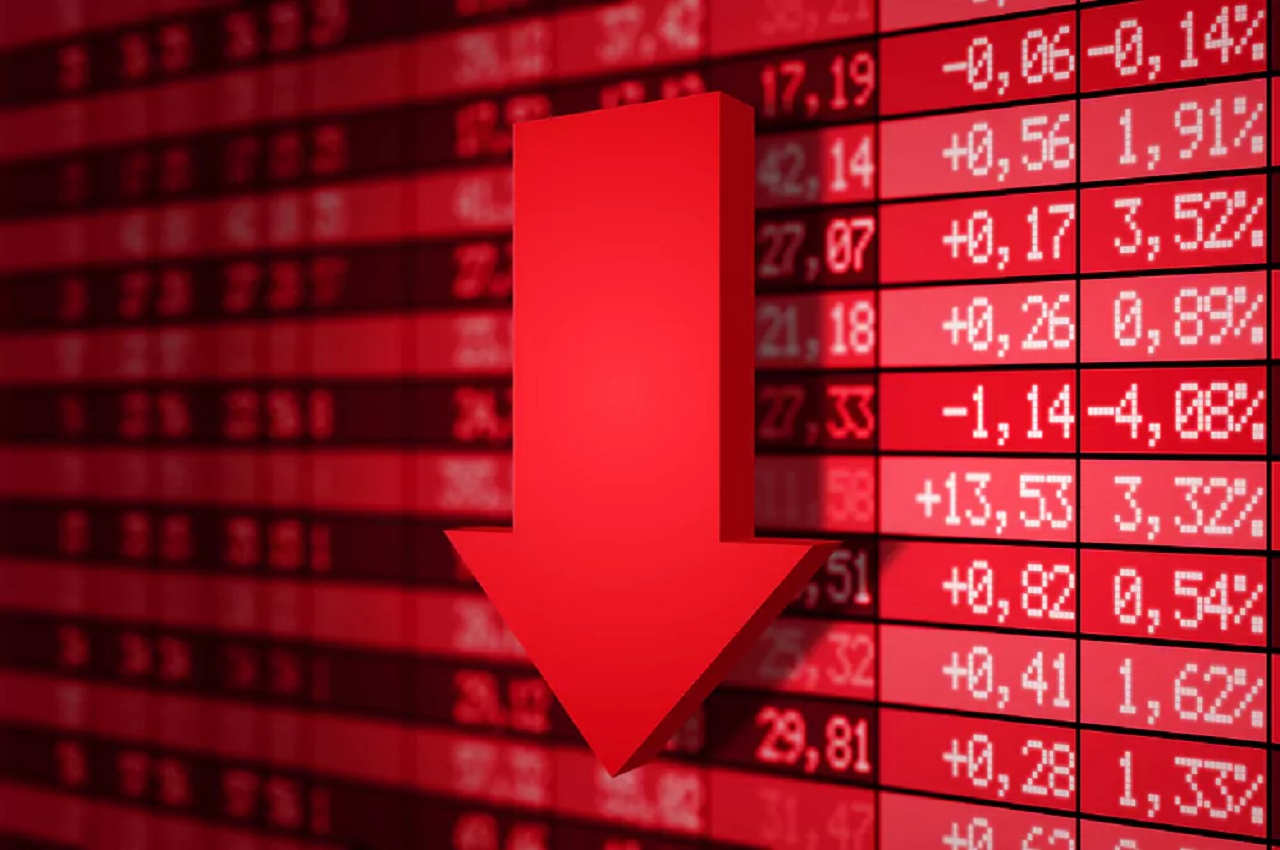The Impact of Tariffs on the Crypto Market: Insights and Predictions
The initiation of heavy tariffs under the Trump administration has marked the beginning of a complex landscape of uncertainty and potential for the cryptocurrency market. This environment tends to fluctuate in response to shifts within the global economy. Tariffs are designed to raise the cost of imported goods, which can lead to an increase in inflation, alterations in supply chains, and variations in currency values. A stronger U.S. dollar, potentially resulting from trade imbalances caused by these tariffs, may initially exert downward pressure on cryptocurrency prices as investors gravitate toward traditional safe havens.
However, enduring economic uncertainty might enhance the appeal of Bitcoin as a store of value, particularly if central banks adopt more accommodating monetary policies.
Here’s how various crypto traders and market analysts are interpreting the upcoming months—anticipating subdued price movements in the near term while maintaining a bullish outlook for the medium to long term.
Rick Maeda, Research Analyst at Presto Research
Trump’s tariffs, which surged to 34% on imports from China and 25% on automobiles from an initial 10% levy, have unsettled global markets, with the cryptocurrency sector feeling the effects. Bitcoin experienced a sell-off, dropping to around $82,000, while Ethereum faced an even more significant decline, plummeting below $1,800. In terms of options flow, there has been an increase in put buying across various tenors as traders seek to hedge against further downturns; however, implied volatility term structures have remained relatively stable. The crypto market continues to grapple with the repercussions of Trump’s trade policies, having faced a similar shock earlier this year when tariffs of 25% on Mexico and Canada were proposed. Without a compelling intrinsic narrative, the asset class remains deeply connected to macroeconomic factors, with its beta closely linking it to trade war developments. If the trade war persists, it could continue to challenge cryptocurrencies as they are viewed more as risk assets rather than the digital gold they were once considered.
Enmanuel Cardozo, Market Analyst at Brickken
“The tariffs announced by Trump on April 2, 2025, covering an extensive list of countries, are shaking up the crypto industry significantly. We observed Bitcoin approaching the $90,000 mark at $88,500 before dramatically dropping to around $82,000 within a mere four hours. In the short term, these tariffs are contributing to substantial volatility within what appears to be a sideways consolidation zone, as economic uncertainty drives retail investors towards safer assets like gold and other traditional investments, while institutional investors continue to accumulate Bitcoin. Additionally, a broader risk-off sentiment is prevalent, with a JPMorgan survey indicating that 51% of institutional traders view inflation and tariffs as the primary market influencers this year. However, beyond the immediate chaos, there is a potential long-term upside for cryptocurrencies. These tariffs could undermine the dollar’s supremacy by raising import costs, potentially positioning Bitcoin as a preferred hedge against inflation. As global trade becomes increasingly convoluted, the utility of cryptocurrencies for cross-border transactions may gain traction, particularly with the rise of stablecoins as a workaround for tariff barriers—early indications of government-backed stablecoin adoption are already surfacing. Trump’s strategy—where tariffs might inadvertently weaken the dollar—introduces another dimension. If this easing effect materializes, Bitcoin could benefit in the long run. I will be closely monitoring how these tariffs interact with Federal Reserve policy and market sentiment to assess how the crypto space adapts to this evolving scenario.”
Alvin Kan, COO at Bitget Wallet
“The proposed tariffs by Trump pose a risk of triggering stagflation—where prices rise without accompanying growth—which could erode confidence in fiat currencies, particularly the U.S. dollar. As capital seeks refuge from inflation and uncertainties arising from trade wars, Bitcoin emerges as a neutral, decentralized hedge. Should the dollar’s dominance decline and volatility increase, demand for BTC could surge rapidly. In a fragmented and protectionist economic landscape, Bitcoin transitions from being viewed as a speculative asset to a tool for value preservation, with astute traders already positioning themselves in anticipation of these developments.”
Augustine Fan, Head of Insights at SignalPlus
“Trade partners have threatened retaliation, leading to significant risk-off movements across various asset classes, which prompted a similar decline in Bitcoin, pushing it to recent lows. In comparison to the downturn in U.S. equities, which breached recent lows, cryptocurrency prices have shown relative resilience, with Bitcoin maintaining above the $80,000 threshold. The weaker dollar and the uptrend in gold prices are providing markets with a reason to give Bitcoin a slight flight-to-quality boost. A bold statement from Secretary Bessent attributing the sell-off to a “Mag-7 problem” further compounded negative sentiment. A risk-off approach will likely dominate market consensus, as it seems improbable that Trump will reverse course following such an aggressive display of policy. Consequently, U.S. assets may underperform as economic growth reveals tangible weaknesses in the near future. We find value in purchasing Bitcoin during aggressive dips towards the $76,000 to $77,000 range.”
Ryan Lee, Chief Analyst at Bitget Research
“Trump’s unexpectedly stringent tariffs, which range from 10% to 49% on various imports, may have triggered a panicked sell-off throughout the broader market, with Ethereum and Solana both experiencing approximately a 6% drop, while the market shifted towards stablecoins as fear levels spiked. Beyond the immediate shock, these tariffs pose significant risks to the U.S. economy, which could reverberate through crypto markets. Increased import costs—especially from major trading partners like China—could accelerate inflation, with some projections estimating a 2-3% uptick in the Consumer Price Index (CPI) by the second quarter of 2025 if trade tensions escalate. Concurrently, the Atlanta Fed’s GDPNow model predicts a 2.8% decline in GDP for Q1 2025, which may worsen as consumer spending and business investment decrease under the pressure of tariffs. A weakening dollar exacerbated by economic strain and potential Fed easing could enhance Bitcoin’s appeal as an inflation hedge, with emerging data indicating early accumulation trends. However, altcoins may require stronger fundamentals to thrive in the long term.”







